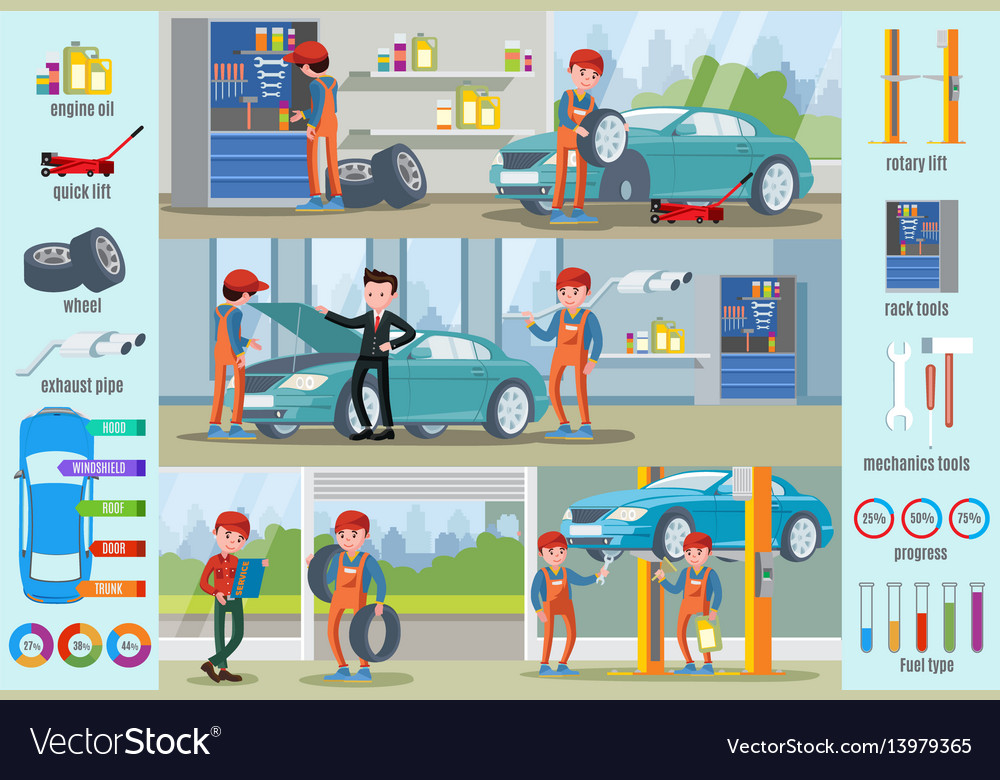Looking For Quality On The Warning Lights Showed On Your Cars And Truck'S Control Panel? Figure Out Exactly How They Connect To Your Car'S Health And Safety
Looking For Quality On The Warning Lights Showed On Your Cars And Truck'S Control Panel? Figure Out Exactly How They Connect To Your Car'S Health And Safety
Blog Article
https://brakelinefittings28405.mybuzzblog.com/11752634/mobile-auto-explaining-convenience-satisfies-high-quality-for-your-car By-Samuelsen Corbett
When you're behind the wheel, those beautiful warning lights on your dashboard can be a bit bewildering. Do you understand what they're trying to inform you about your vehicle's health? Recognizing the importance of these lights is important for your safety and security and the longevity of your vehicle. So, the following time among those lights pops up, wouldn't you wish to decipher its message precisely and take the needed actions to address it?
Common Caution Lights and Interpretations
Recognize typical caution lights in your auto and understand their definitions to ensure risk-free driving.
One of the most common warning lights include the check engine light, which signals issues with the engine or discharges system. If this light comes on, it's vital to have your automobile checked without delay.
The oil stress cautioning light indicates low oil pressure, requiring prompt focus to avoid engine damage.
A blinking battery light might suggest a damaged charging system, possibly leaving you stranded otherwise dealt with.
The tire stress surveillance system (TPMS) light informs you to reduced tire pressure, influencing automobile stability and gas efficiency. Neglecting this could result in unsafe driving problems.
Discover More Here suggests a trouble with the anti-lock stopping system, endangering your capability to stop swiftly in emergency situations.
Last but not least, the coolant temperature warning light warns of engine overheating, which can cause severe damages otherwise fixed swiftly.
Understanding these common caution lights will certainly aid you address problems without delay and maintain secure driving conditions.
Importance of Prompt Attention
Understanding the usual caution lights in your auto is just the initial step; the significance of without delay dealing with these cautions can't be highlighted sufficient to ensure your safety when driving.
When a warning light brightens on your control panel, it's your auto's method of connecting a prospective concern that requires attention. Neglecting these warnings can lead to a lot more extreme troubles down the road, jeopardizing your safety and possibly costing you much more out of commission.
Trigger attention to advising lights can protect against break downs and accidents. As an example, a flashing check engine light can show a misfire that, if left ignored, could cause damages to the catalytic converter. Resolving this without delay can save you from a pricey fixing.
In a similar way, a brake system cautioning light might indicate reduced brake fluid or worn brake pads, important elements for your security when driving.
Do It Yourself Troubleshooting Tips
If you observe a warning light on your control panel, there are a few DIY troubleshooting tips you can attempt before seeking expert aid.
The primary step is to consult your auto's guidebook to comprehend what the certain warning light suggests. Occasionally the concern can be as basic as a loose gas cap causing the check engine light. Tightening up the gas cap might resolve the issue.
mobile car valet auckland is a low battery, which can set off different alerting lights. Examining the battery links for corrosion and ensuring they're safe might fix the issue.
If a caution light lingers, you can attempt resetting it by separating the vehicle's battery for a few minutes and then reconnecting it. Additionally, checking your automobile's liquid degrees, such as oil, coolant, and brake fluid, can aid fix cautioning lights related to these systems.
Final thought
In conclusion, understanding your automobile's warning lights is necessary for keeping your vehicle running efficiently and safely. By quickly dealing with these alerts and understanding what they imply, you can prevent costly repair work and prospective failures.
Keep in mind to consult your car's handbook for particular information on each advising light and do something about it as necessary to ensure a hassle-free driving experience.
Keep educated, stay safe when driving!
